#net-winged beetles
Explore tagged Tumblr posts
Text



[PHOTOS TAKEN: JUNE 29TH, 2024 | Image IDs: Three photos of a black and orange net-winged beetle on the end of a thin brown and grey log /End IDs.]
#Lycidae#Net-winged beetles#Beetles#Beetle#coleoptera#insects#Insect#Bugs#Bug#Bugblr#Entomology#Invertebrates#Inverts#Arthropods#Photos#Photo#Wasp House Sights
340 notes
·
View notes
Text

a trio of banded net-winged beetles (Calopteron reticulatum or C. discrepans) engaged in some sort of indescribable debauchery
net-winged beetles (Lycidae) are one of several families closely related to fireflies, but while most members of this group are carnivorous as larvae, those of lycids feed on slime molds and fungi.
(Massachusetts, 8/11/23)
#beetles#lycidae#net-winged beetles#calopteron#calopteron reticulatum#coleoptera#bugblr#bugs#insects#entomology
329 notes
·
View notes
Text

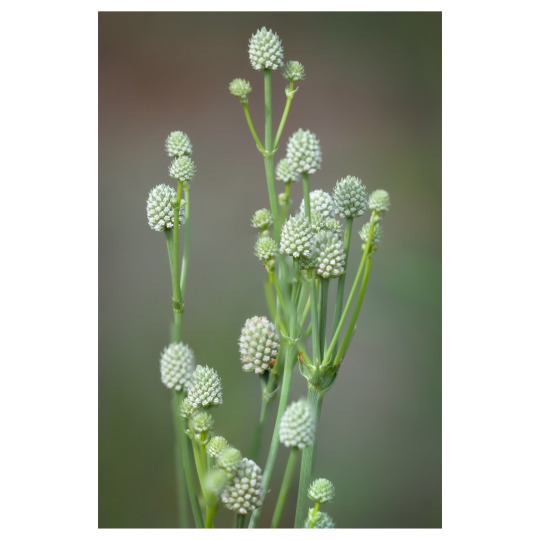

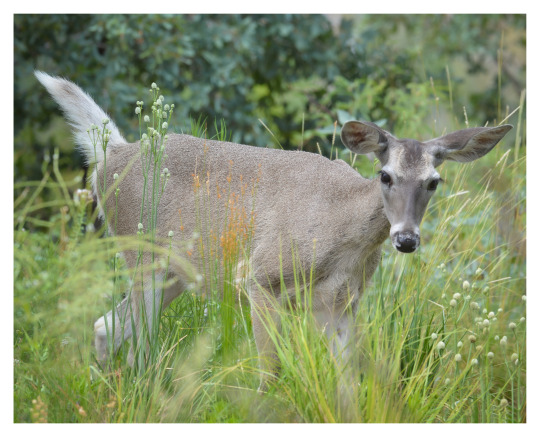
Endangered Arizona eryngo (Eryngium sparganophyllum), blooming at Ash Canyon Bird Sanctuary. The bright orange insects pollinating and fornicating on the flowers are a species of net-winged beetle, Lycostomus loripes. The plant is restricted to sensitive cienega habitats in southeastern Arizona and Sonora, and was listed as endangered last year.
#photographers on tumblr#Arizona eryngo#Eryngium sparganophyllum#net-winged beetles#Lycostomus loripes#Cochise County#Arizona
103 notes
·
View notes
Text
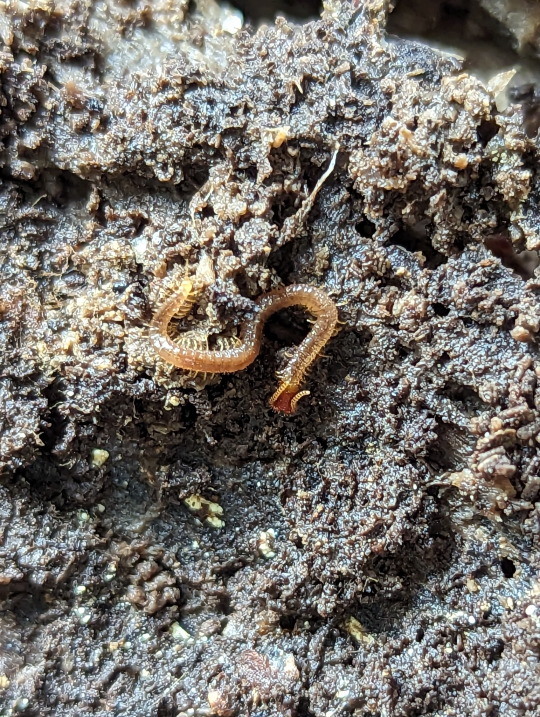

Photo 1 - Geophilomorpha sp. / Photo 2 - Pyrgodesmidae sp.

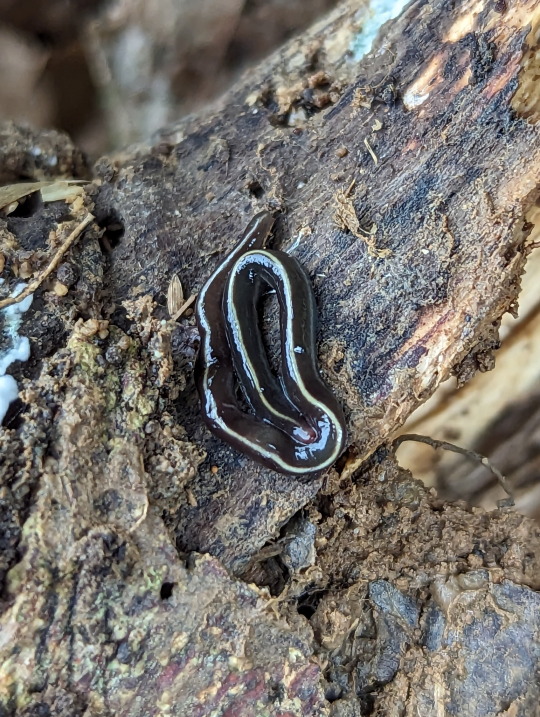
Photo 3 - Lycidae sp. / Photo 4 - Caenoplana coerulea

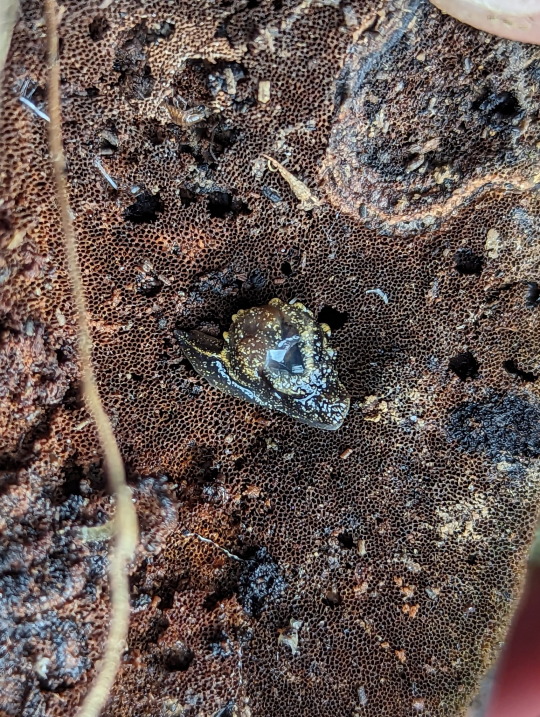
Photo 5 - Polydesmida sp. / Photo 6 - Fastosarion brazieri
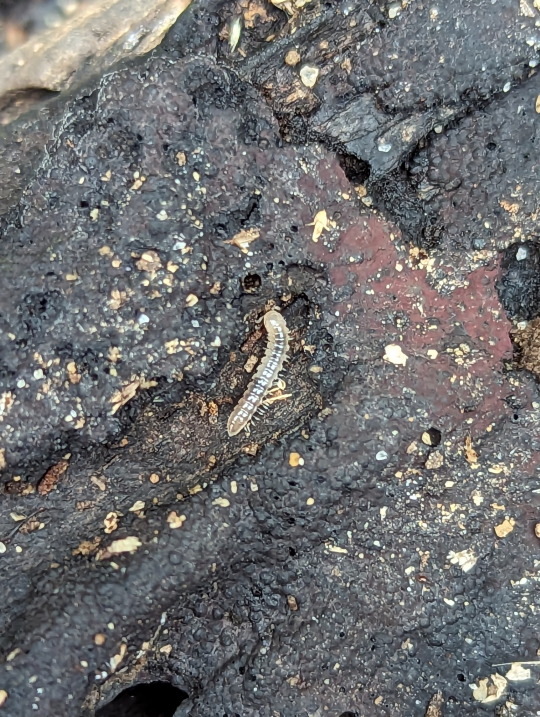
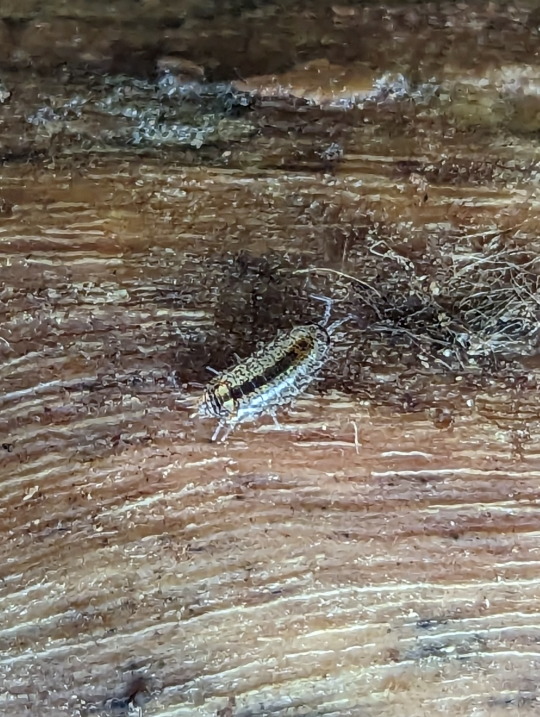
Photo 7 - Polydesmida sp. / Photo 8 - Philosciidae sp.
Various creatures found beneath rotting logs and bark.
30/06/23
QLD:WET, El Arish, remnant on farmland
#invertblr#invertebrates#Arthropods#Arthropoda#bugblr#entomology#Lycidae#Net-winged Beetles#coleoptera#beetles#Caenoplana coerulea#Blue Garden Flatworm#Platyhelminthes#flatworms#planarians#land planarians#Geophilomorpha#Soil Centipedes#Chilopoda#Centipedes#Myriapoda#Myriapods#Polydesmida#Flat-backed Millipedes#Diplopoda#Millipedes#Fastosarion brazieri#Chameleon Semi-Slug#Stylommatophora#Gastropoda
50 notes
·
View notes
Photo



Trilobite beetle, Platerodrilus ruficollis, Lycidae
Photographed in Singapore by Nicky Bay // Website // Facebook
Shared with permission; do not remove credit or re-post!
#animals#curators on tumblr#insects#bugs#beetle#net winged beetle#trilobite beetle#Platerodrilus ruficollis#one nice bug
4K notes
·
View notes
Text

BIG DISCOVERY IN ENTOMOLOGY!
An extraordinary case of elytra loss in Coleoptera (Elateroidea: Lycidae): discovery and placement of the first anelytrous adult male beetle
Vinicius S Ferreira, Felipe Francisco Barbosa, Milada Bocakova, Alexey Solodovnikov
Insects are one of the few groups of animals that developed the ability of active flight. Such mobility allowed the group to successfully explore and thrive in nearly all kinds of ecological niches. At the same time, during the evolutionary history of insects, due to high costs of wing development, flight was lost independently in many groups. In beetles, the reduction or complete loss of hind wings has been reported in multiple lineages, especially in several extreme paedomorphic and larviform females, mainly in Elateroidea, in which not only the hind wings but also the elytra are lost. However, the complete absence of elytra in adult males was hitherto unknown, despite nearly half a million described species in Coleoptera. In this study, we report the discovery of Xenomorphon baranowskii gen. et sp. nov., the first completely anelytrous and wingless adult male beetle, belonging to the family Lycidae (Coleoptera: Elateroidea). Xenomorphon baranowskii is illustrated, described, and provisionally placed in Calopterini, based on our morphology-based phylogenetic analyses. We discuss the possible scenarios that could lead to such a rare event, when a beetle loses its elytra, and its evolutionary consequences.
Read the paper here:
extraordinary case of elytra loss in Coleoptera (Elateroidea: Lycidae): discovery and placement of the first anelytrous adult male beetle | Zoological Journal of the Linnean Society | Oxford Academic (oup.com)
2K notes
·
View notes
Text
Uncharismatic Fact of the Day
The world of entomology has been shaken by a recent discovery: a beetle without wings! Xenomorphon baranowskii is a small beetle found in Oaxaca, Mexico, is the only species of beetle where wings and their hard coverings (elytra) are absent in both males and females; among beetles, wings are particularly important for seeking out mates, so their absence in X. baranowskii is truly one of a kind.
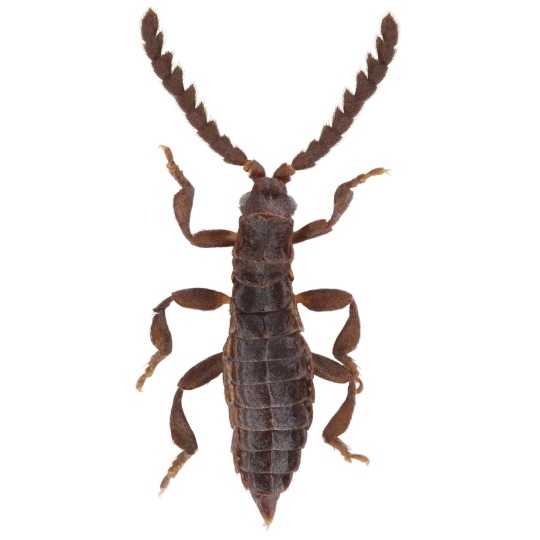
(Image: A museum specimen of Xenomorphon baranowskii by Ferriera et al. 2023)
If you like what I do, consider leaving a tip or buying me a ko-fi!
#xenomorphon baranowskii#Coleoptera#Lycidae#net winged beetles#beetles#insects#arthropods#Incertae sedis#enigmatic taxa#uncharismatic facts
690 notes
·
View notes
Text
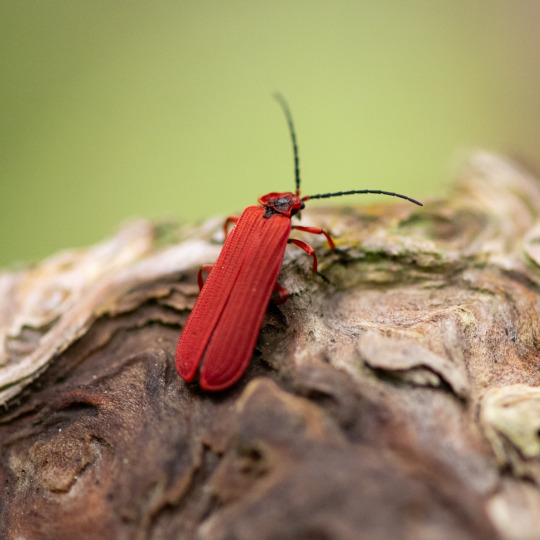
Red-Net Winged Beetle, love these guys!!!
#artists on tumblr#original photographers#original photography#hiking#pacific northwest#nature#washington#nikon#pnw#orofeaiel#bugs#insects#beetle#red#green#forest finds#colorful#creatures#entomology#red net winged beetle
202 notes
·
View notes
Text


Trilobite Beetle (Platerodrilus paradoxus), female, family Lycidae, Sarawak, Borneo
The males are much smaller, and look like a typical yellow and black net-winged beetle. The females... look like this (retaining a larval form).
The females can grow up to 8 cm (3.15 in.) in length.
photographs by Nick Volpe
#trilobite beetle#platerodrilus#lycidae#beetle#coleoptera#insect#entomology#animals#nature#borneo#asia
3K notes
·
View notes
Text
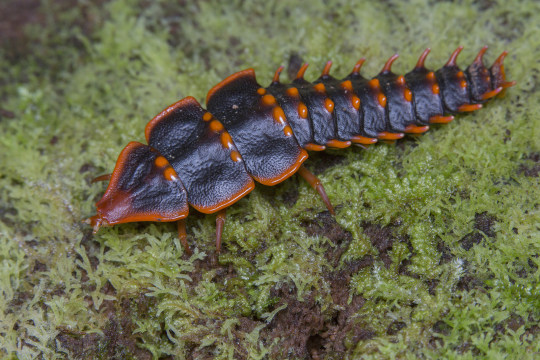

Trilobite beetle Also known as Platerodrilus; these are a genus of beetles of the family Lycidae. The females retain a larval form as adults and are about 40–80 mm in length. The Lycidae are a family in the beetle order Coleoptera, members of which are commonly called net-winged beetles. Follow my page for more epic, silly and boomblu content; share so I can grow if you wish, and come visit my other socials at my Linktree [Just click the word Linktree, it's hyperlinked :)]. Check out the rest of my posts too!!! A lot of them are underrated. ;o Like everything you find interesting if you want. :3
────────────────────────────────────────────
⇾ Follow my page for more epic, silly and boomblu content; share so I can grow if you wish, and come visit my other socials at my Linktree [Just click the word Linktree, it's hyperlinked :)]. ⇽
Check out the rest of my posts too!!! A lot of them are underrated. ;o Like everything you find interesting if you want. :3 Remember, you can find all of my socials here (click the word [here], it's hyperlinked (。◕‿‿◕。) For the plain link; here it is: https://lynkfire.com/Gliphel&Glyph%20LLC%20Incorperated Also; if you prefer Linktree, it's here.
1K notes
·
View notes
Text




[PHOTOS TAKEN: AUGUST 19TH, 2024 | Image IDs: Four photos of a black and orange net-winged beetle on a large green leaf /End IDs.]
#Lycidae#Net-winged beetles#Beetles#Beetle#coleoptera#insects#Insect#Bugs#Bug#Bugblr#Entomology#Invertebrates#Inverts#Arthropods#Photos#Photo#Wasp House Sights
47 notes
·
View notes
Note
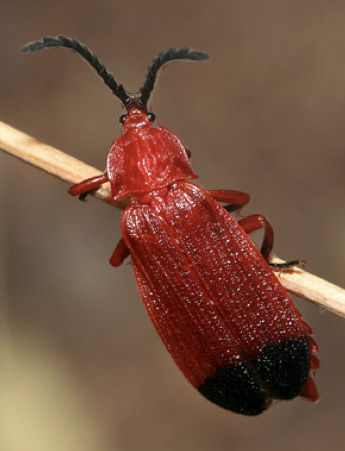
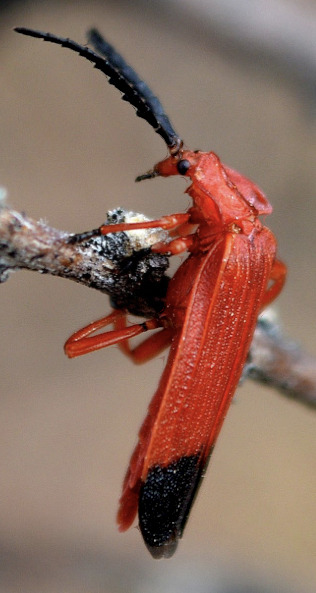
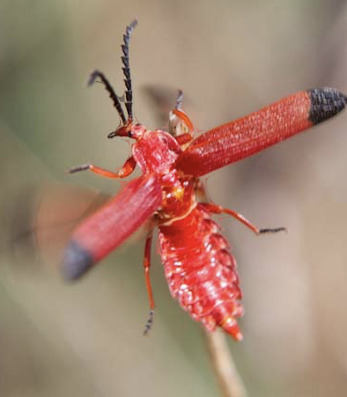
For the elytra thing, how about a bloody net-winged beetle? They’ve got some really interesting designs on their wings, not to mention the incredible colors!
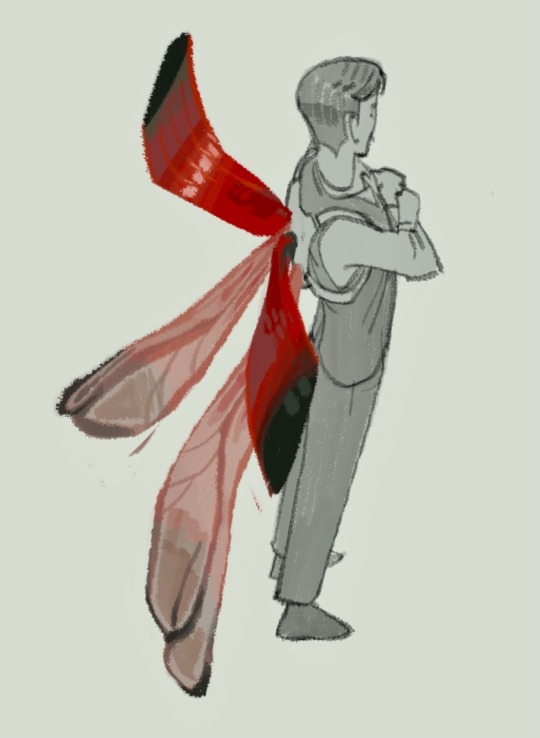
you can’t fool me. that’s clearly a bell pepper
#my art#asks#art asks#mumbo jumbo#bug cw#didn’t manage to get all their fun detail but i love how vibrant these guys are#thank you! :D
290 notes
·
View notes
Text
How to Get Into Bugs

"A world of dreams and adventures with bugs awaits! Let's go!"
What are bugs? In this document when I say “bugs”, I refer to small invertebrate animals like insects, spiders, snails, and worms. These creatures are underappreciated, and their importance to the health and function of life on Earth cannot be overstated. Bugs aerate the soil, pollinate plants, spread seeds, clean up dead plants and animals, provide food for countless species, prey upon countless others, and cycle nutrients across the planet, among other services.
Bugs are amazing creatures. They come in a vast variety of shapes and colors, from the shining wings of a blue morpho butterfly to the pebble-like body of a toad bug. Their habits and behaviors are just as complex as those of larger animals. Stick insects sway as they walk to mimic a branch blown in the wind, mud dauber wasps gather mud to build earthen nests, and moths read the stars to navigate in the dark. Because they are small, bugs can be supremely adapted to their environment. Many insects will form relationships with specific plants, only pollinating or laying their eggs on these species.
There are many mysteries left to uncover about bugs. Insects alone make up 75% of known animal species, with more being discovered every day. These species are not only being found in remote forests and grasslands, but in woods, parks, and other habitats closer to home. You may be the first to discover a rare creature found only in your area! It is not only new species that present us with mysteries. There is ongoing research into even common species, to answer questions like how flies land upside down, how beetles fold their wings, or how bees make decisions on where to build their nests.
If you appreciate them, the world will become more vibrant. Wherever you are, you can almost certainly find bugs. By noticing these creatures living around you, you will become more aware of nature not as an untouched ideal found only in mountain rainforests or ocean trenches, but as the life that permeates even the most “average” places.

How Can I Get into Bugs?
Go for a walk! As you are walking, take the time to look closely at your surroundings. Notice the different species of insects you see flying around. Look at the leaves and branches of plants. Turn over rocks and bricks. Do you see any bugs? Focus on one of the animals you see. What is it doing? Searching for food? Resting? Building a nest? Have you ever seen this bug before? What is it called? What is its life cycle like? These questions provide starting points that you can use to learn about the creatures that live alongside you.
Get acquainted through books, websites, and videos! Field guides and websites like iNaturalist serve as great first steps to familiarizing yourself with the species found in your area. Select a favorite species or family of bugs, then go out to search for them in the wild. Online resources can also be used to overcome phobias. If you find yourself creeped out by an animal, you can look up videos online to get used to its appearance and movements.
Gather some useful gear! If you are looking to catch bugs for photography or collection, you'll want to have a jar of some kind to contain them. Mason jars work well for large specimens and 2 oz. travel sized jars work well for smaller animals. Flying insects like moths and dragonflies can be captured with a butterfly net, while sweep nets can be brushed against vegetation to collect crawling animals. Dip nets are made for use in water and can be used to capture shrimp and snails along with aquatic insects. In addition to bug-specific equipment you may want gear like a bookbag, sunscreen, hiking boots, canteen, and long pants if you are going out into wilder areas.
Know where to look! Different species of animals need different resources to survive, so they will be found in different places. Look beneath logs or dead leaves to find isopods, millipedes, and earthworms. Ponds and other water bodies are often home to water skaters, crayfish, and water beetles. Flowering plants are a good place to find bees, butterflies, and wasps. Caterpillars, aphids, and planthoppers can often be found on leaves and branches. Some species of insects can only be found on particular plants. Whenever you find a new plant species, take a closer look to see what is living on it. Also be aware of what time you go out searching. If you go to the same location during the day and night, different creatures will be active.
Keep a record of your adventures! Whether it be a digital photo album, a collection of preserved insects, or a written diary, records will provide you with an easy way to revisit memories of your exploits. You might also have more fun exploring the world of bugs if you have a personal project to develop.
Raise bugs in captivity! Caterpillars and beetles can be raised over a season and released when they undergo metamorphosis. Snails and isopods are easy to keep so long as they are fed vegetable scraps and have humid places to hide in their enclosure. Many insects, spiders, snails, and other invertebrates are easy to care for in vivariums. Just be sure not to overcollect! While many bugs have healthy populations, others need as many wild breeding individuals as possible. Entirely avoid collecting endangered species or taking animals from protected areas.

Help Your Local Environment!
Insects, arachnids, and other invertebrates serve as essential building blocks to the global ecosystem and help to keep our world functioning. There are many ways you can help bugs:
If you enjoy gardening or landscaping, grow some plants native to your area. Native plants provide local species with food and shelter, and because they are adapted to your habitat, often require less care than exotic plants.
Avoid spraying pesticides and herbicides unless truly necessary. Not only can these substances kill off non-target species, they can also increase the populations of pesticide-resistant species, runoff from their site of application, and seep into local soil and water supplies.
Select a woodland, meadow, or section of waterway and keep it clean of litter. Pollution may be a global issue, but the world is made up of places, and you can make tangible change in your local area. See if you can get some friends together to help out. Cleanup efforts are most enjoyable with a few extra hands!
You can protect your local woods, creeks, or other wilderness spaces by working with your community’s hobbyists and environmental organizations, learning about your local ecosystem, and sharing your thoughts with others.
Many of the environmental, societal, and health issues we face are interconnected. Thus, improving one situation will make it easier to address others. Whatever problem you are most equipped to face, do your best. Even the smallest action you can take changes the future and makes it that much better.
Online Resources
https://www.inaturalist.org/observations/ - Explore worldwide observations of living things.
https://xerces.org - The Xerces Society for Invertebrate Conservation is an international nonprofit organization that protects the natural world through the conservation of invertebrates and their habitats.
https://en.wikipedia.org/wiki/Portal:Arthropods - Wikipedia information on arthropods, their habits, and biology.
https://bugguide.net/node/view/15740 - Information on bugs from the United States and Canada.
https://www.pbs.org/show/deep-look/ - Explore big scientific mysteries by going incredibly small.
Chromatophone Nature Youtube Channel – No-Commentary wildlife footage, like a virtual nature walk.
Thank you for reading! For a PDF version of this post, visit my blog an check the pinned post.
45 notes
·
View notes
Text


Beautiful black Lycid beetle larva.
30/06/23 - Lycidae sp.
QLD:WET - El Arish, remnant on farmland
#invertblr#invertebrates#Arthropods#Arthropoda#insect#insectblr#insecta#insects#insects tw#bugs#bugblr#bugs tw#bug#entomology#Lycidae#Net-winged Beetles#Coleoptera#beetles#larvae#larval stage#beetle larvae
30 notes
·
View notes
Photo

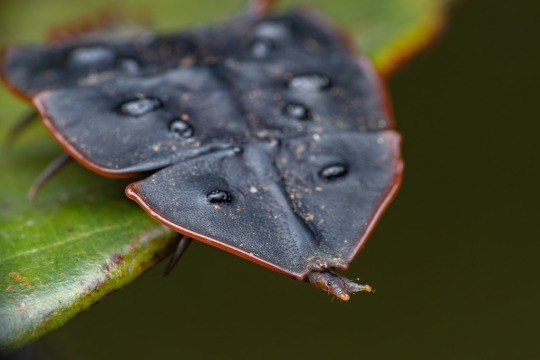

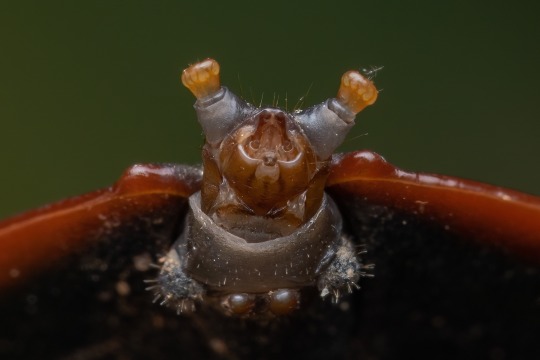
Trilobite beetle, Platerodrilus ruficollis?, Lycidae
Photographed in Malaysia by nadjabaum
#animals#curators on tumblr#insects#bugs#beetle#net winged beetle#trilobite beetle#larviform female#Platerodrilus ruficollis#one nice bug#while i'm on the topic of trilobite beetles#have this one#i love her
5K notes
·
View notes
Note
:ooo do you have a favorite hymenopteran? im fond of the velvet ant, since i saw so many while i was at my last job
It’s hard to narrow it down to just one favorite (we’ll see if I have to do that in this tournament lol), but tbh I am really fond of a lot of wasps, mostly Apoidea. I love Eastern Cicada Killers (Sphecius speciosus) and a lot of the other big guys like the Steel-blue Cricket-hunter (Chlorion aerarium) and Great Black Digger Wasp (Sphex pensylvanicus) are always fun to see in the wild. I love sweat bees too, especially the green ones. One I added to my collection last Summer that I found really beautiful was the Norton’s Nomia (Nomia nortoni) which has pearlescent stripes???
But yeah Velvet Ants are also a great pick, I love seeing them. I saw a male Eastern Velvet Ant (Dasymutilla occidentalis) for the first time this Summer and was really bummed I didn’t have my net with me. (I collect only one male and female of each species.) He had beautiful metallic blue wings. I also used to have 2 pet velvet ants that lived with my death-feigning beetles. Their names were Bambi and Cupcake. 😅
The thing with Hymenopterans is that they’re just so incredibly diverse that it’s hard to pick just one, and that’s one of the reasons I love them so much! And you don’t even have to travel far to see cool ones; there’s a huge diversity of them right in your backyard. I am sitting on the back porch right now watching a Potter Wasp and and Carpenter Bee pollinate my Heuchera.
Photos, cause I guess this can double as Arthropod propaganda, not that it needs it lol:
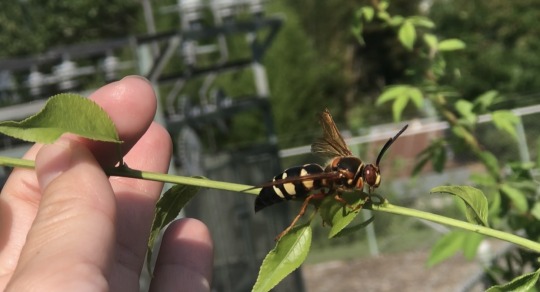
Eastern Cicada Killer (Sphecius speciosus) (own work)
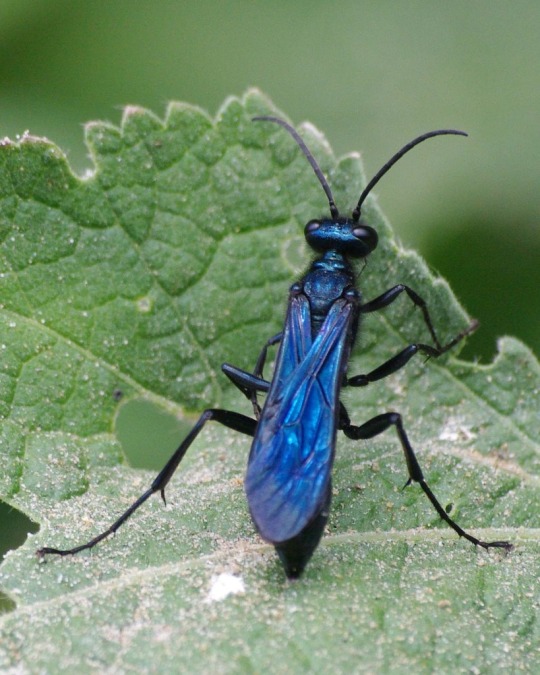
Steel-blue Cricket-hunter (Chlorion aerarium) (source)
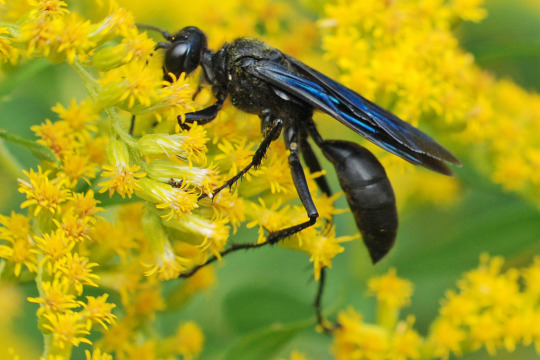
Great Black Digger Wasp (Sphex pensylvanicus) (source)

Pure Green Sweat Bee (Augochlora pura) (source)

Norton’s Nomia (Nomia nortoni) (source)
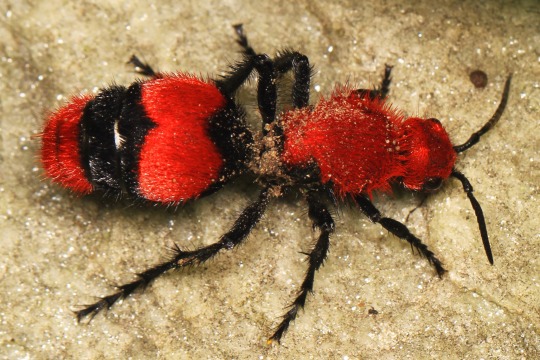
Eastern Velvet Ant (Dasymutilla occidentalis) (female, but there is also a photo of a male in the source)
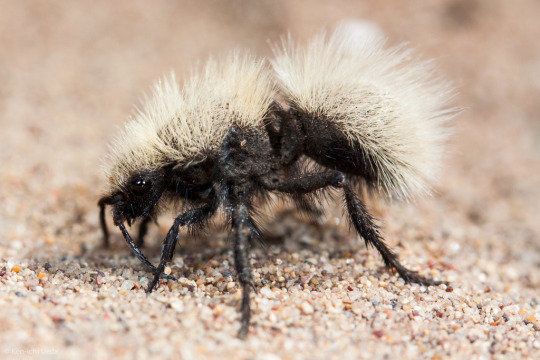
Sacken’s Velvet Ant (Dasymutilla sackenii) (this is what Bambi was, but I don’t remember what exact species Cupcake was) (source)
24 notes
·
View notes